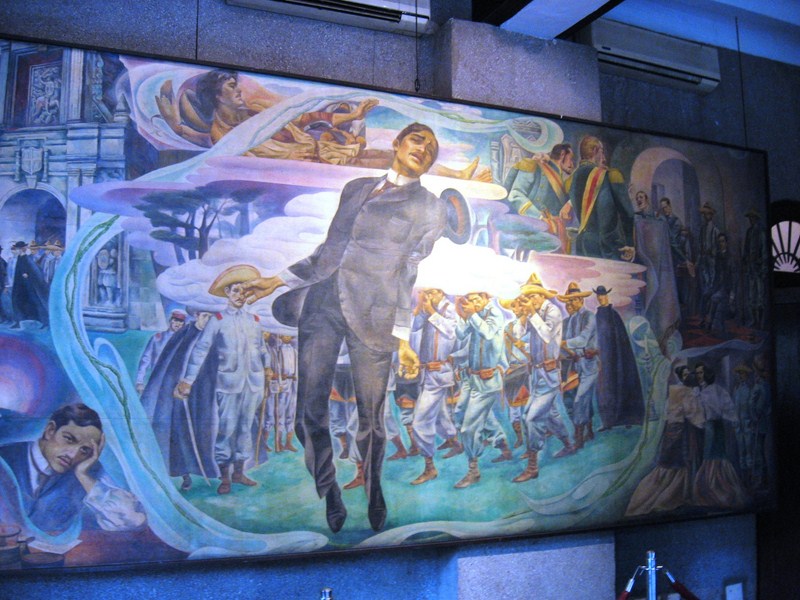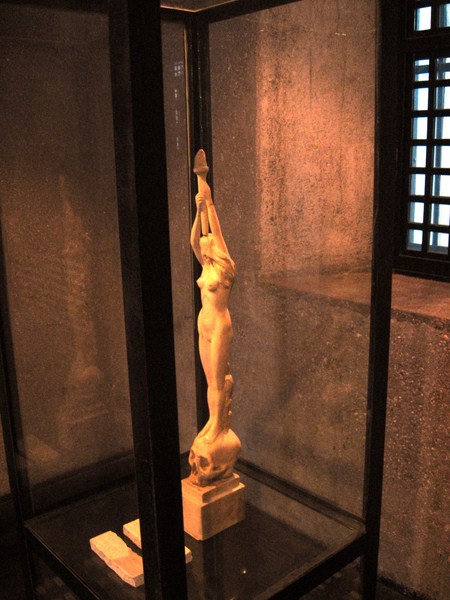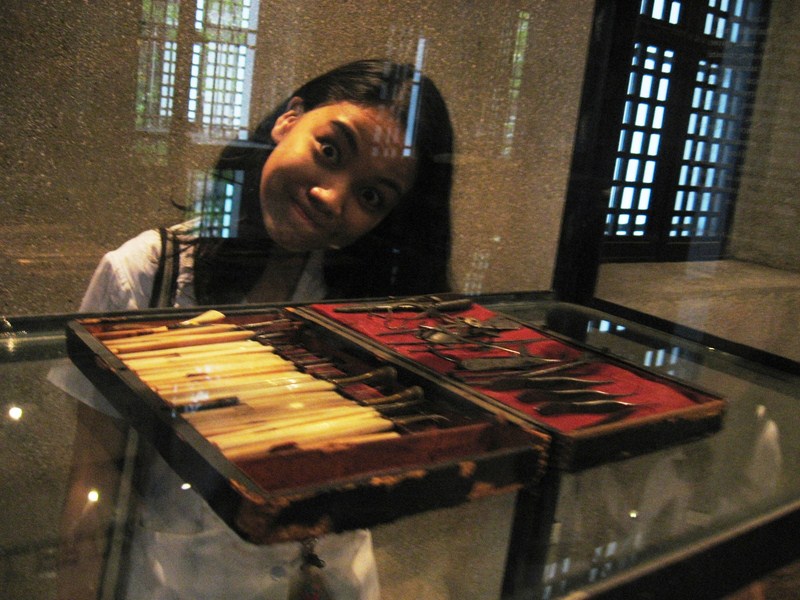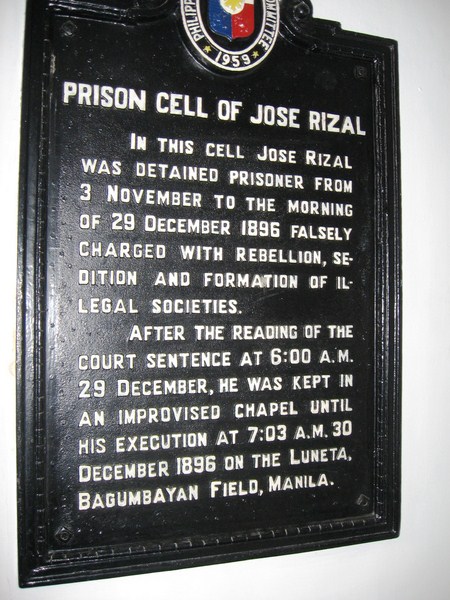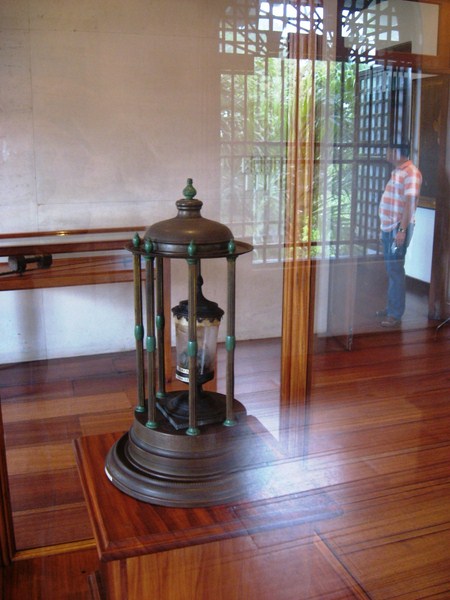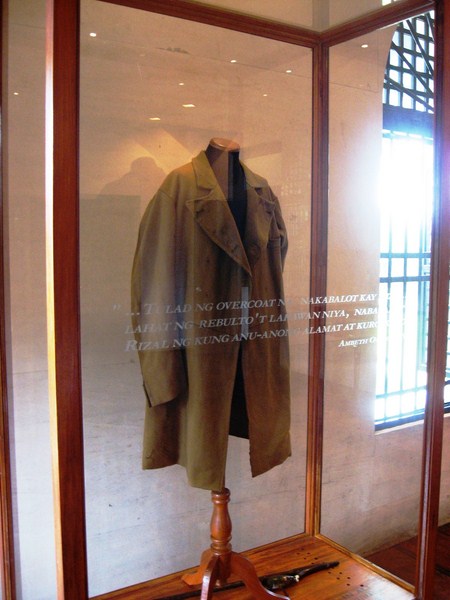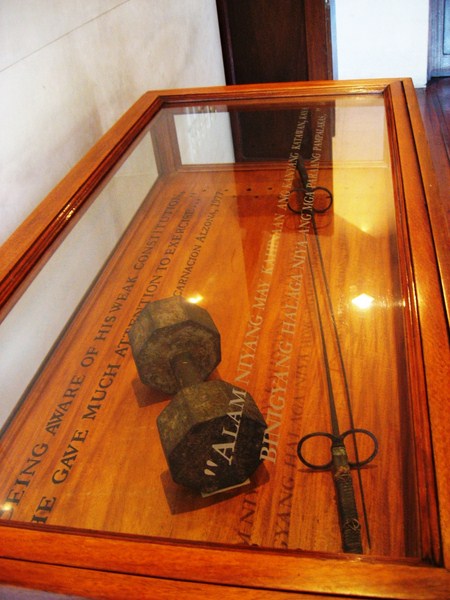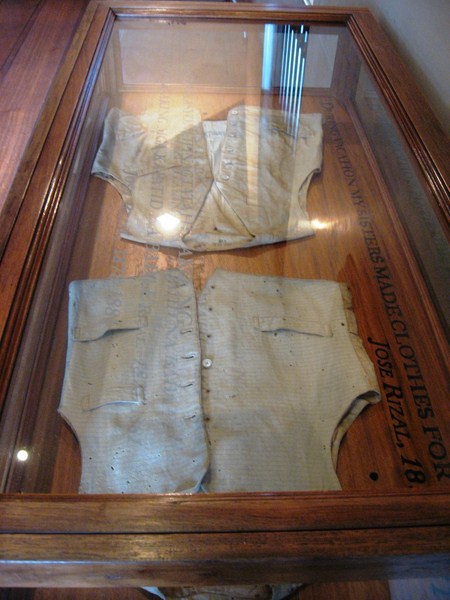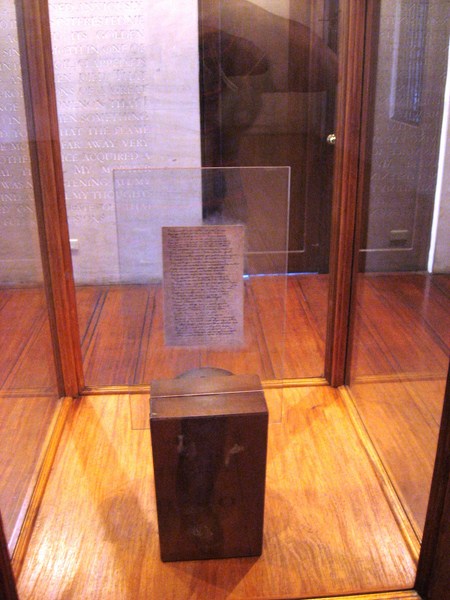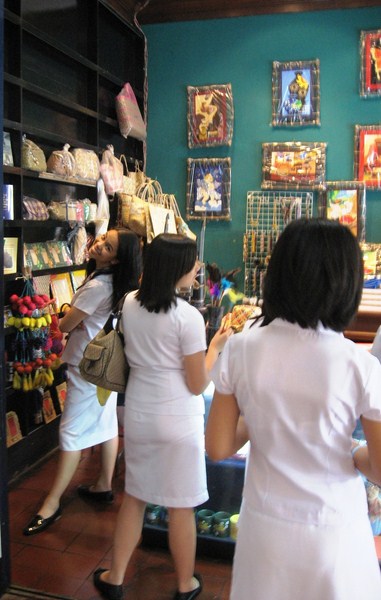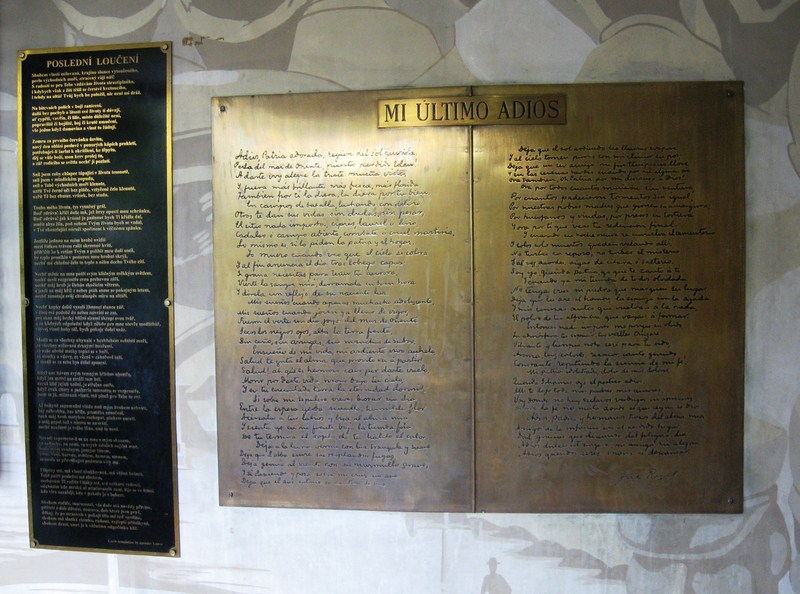 |
| Tappiya Falls |
Come morning it was decision time for the group. There were two options left for us before leaving Batad in the afternoon. For the still adventurous, me included, there was the 30-min. (according to the locals) hike to Tappiya Falls, something I haven’t done during my first visit (which was just a day tour way back April 1998). The other was an easier hike down to Batad Village proper to photograph village life. I chose the former but half opted for the latter. Joining me to the falls were AACC members Jun, Steve and Rosevie plus Pearl, Phoebe, Ivy, Arvic and our local guide Mang Vicente.
 |
| Batad Village |
After a hearty but very early breakfast, we all left Simon Inn by 7 AM, taking the same route to the Central Viewpoint. Beyond the rice terraces, it was a slow, lung busting and steep (with slopes reaching 45 degrees) hike. A meandering river soon came into view, indicating how near we were to our destination. Across this river and upstream along the far bank was the beautiful and impressive, 25-m. high waterfall with its enormous swimming natural pool. We were in luck as running across the falls was a rainbow, making for another beautiful and rare photo op. While the others went bathing, Jun, Vi, Steve and yours truly started clicking.
 |
| Apo Ben |
After 30 mins.of this bather’s and photographer’s heaven, it was time to go as we had another long hard climb ahead. A rest stop at the Central Viewpoint provided an opportunity to pose (for a fee) with Apo Ben, an Igorot dressed up in full tribal attire (complete with g-string, native spear and feathered headdress). We arrived at Simon Inn by 11 AM in time for a well-deserved lunch we had no more time for a power nap as we had to pack our stuff and leave. Bebet and Bryan had left by then to allow themselves longer rest stops. We left the inn with our porters by 1 PM. The hard part was the hike, now uphill, to the Saddle but from here it was downhill all the way to our pick up point, arriving by 4:30 PM. The debris from the landslide had been cleared by then.
Our AUV brought us to Banaue town proper in time for an early pansit dinner at Hillside Inn. We left Banaue by 6 PM on board a similar airconditioned GV Florida bus and arrived in Manila by 4:30 AM the next day. Again, this rewarding experience helped me gain a healthier respect for the hardworking Ifugao’s ingenuity, the wonders of God’s creation and, in spite of the long hikes, an additional 3 pounds (thanks to the pizza and nutritious highland rice!)












